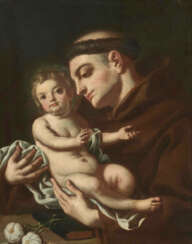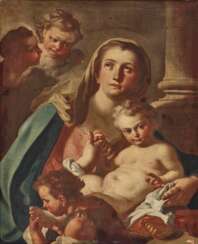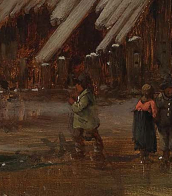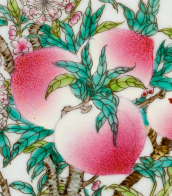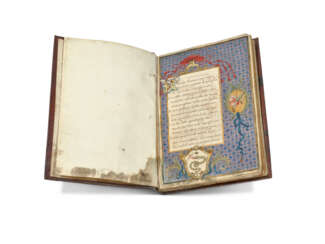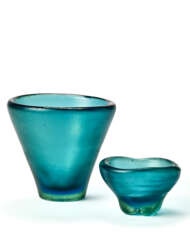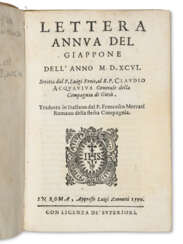francesco de mura

Francesco de Mura was an Italian painter of the late Baroque period. He studied painting under Francesco Solimena and was a favourite pupil and collaborator.
Francesco de Mura was an outstanding figure of the Neapolitan school of painting and was known for his elegant and graceful style. He excelled in various genres, including religious and mythological subjects, portraits and decorative murals.
De Moor's paintings were distinguished by their vivid colours, delicate brushwork and sense of movement. He had a talent for capturing the subtleties of human expression and depicting figures in dynamic poses.
One of de Moor's greatest achievements was his ability to create illusionistic effects, particularly in his frescoes. He used angles and elaborate architectural elements to create a sense of depth and three-dimensionality, immersing viewers in the environment he painted.



Francesco de Mura was an Italian painter of the late Baroque period. He studied painting under Francesco Solimena and was a favourite pupil and collaborator.
Francesco de Mura was an outstanding figure of the Neapolitan school of painting and was known for his elegant and graceful style. He excelled in various genres, including religious and mythological subjects, portraits and decorative murals.
De Moor's paintings were distinguished by their vivid colours, delicate brushwork and sense of movement. He had a talent for capturing the subtleties of human expression and depicting figures in dynamic poses.
One of de Moor's greatest achievements was his ability to create illusionistic effects, particularly in his frescoes. He used angles and elaborate architectural elements to create a sense of depth and three-dimensionality, immersing viewers in the environment he painted.






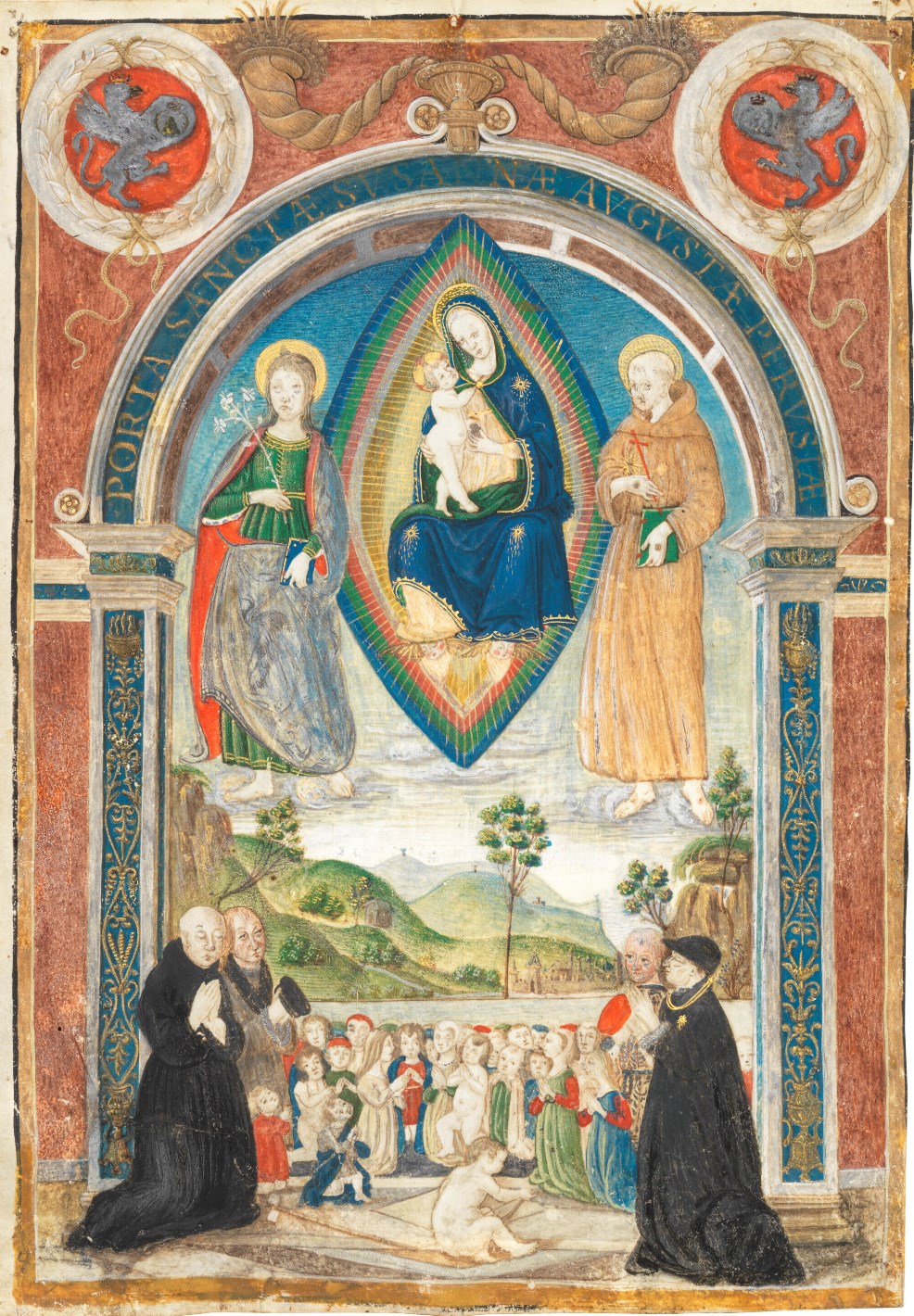
Tommaso di Mascio Scarafone was an Italian painter and illuminator.
He worked in the studio of the Perugene illuminator, painter and frescoist Bartolomeo Caporali.


Fernand Khnopff, full name Fernand-Edmond-Jean-Marie Khnopff, was a Belgian Symbolist painter, graphic artist, sculptor and art historian.
Born into a wealthy family, Fernand attended the Royal Academy of Fine Arts in Brussels, where he studied painting with Xavier Mellerie. Throughout his years at the academy, Khnopff spent summers in Paris studying art, and at the 1878 World's Fair he saw the works of Pre-Raphaelite Edward Burne-Jones and Symbolist Gustave Moreau, which had a decisive influence on his work.
In the early 1880s Khnopff began to exhibit his Symbolist works, often inspired by literary works, particularly by Gustave Flaubert. His paintings combined precise realism with an ethereal fairy-tale atmosphere, and he also painted portraits.
In 1883 Khnopff co-founded Les Vingt, a group of Belgian avant-garde artists. From the early 1990s, he collaborated regularly with the Brussels opera house Royal de la Monnaie, designing costumes and sets for many productions. He also designed the interiors of Brussels' landmark buildings: the Maison Stoclet and the Hôtel de Ville in Saint-Gilles.


Carlo Scarpa was an Italian architect, influenced by the materials, landscape and the history of Venetian culture, and by Japan. Scarpa translated his interests in history, regionalism, invention, and the techniques of the artist and craftsman into ingenious glass and furniture design.


Andy Warhol, born as Andrew Warhola Jr., was an American visual artist, film director, and producer, who played a pivotal role in the development of the Pop Art movement. His art delved into the interplay between artistic expression, advertising, and celebrity culture, especially prevalent in the 1960s. Warhol was renowned for his diverse range of media, which included painting, silkscreening, photography, film, and sculpture.
Warhol's journey began in Pittsburgh, where he was born and raised, initially making a name for himself as a commercial illustrator. His New York studio, "The Factory," became a famous hub for intellectuals, celebrities, and various artistic minds. He was known for creating the notion of "Warhol superstars" and popularized the phrase "15 minutes of fame."
His contribution to the art world is significant, with notable works like "Campbell's Soup Cans" (1962) and "Marilyn Diptych" (1962), as well as his experimental films like "Empire" (1964) and "Chelsea Girls" (1966). These works not only define his career but also underscore the essence of the Pop Art movement.
Warhol's influence extended beyond his artwork. He managed and produced the experimental rock band The Velvet Underground, founded Interview magazine, and wrote several books, including "The Philosophy of Andy Warhol" and "Popism: The Warhol Sixties." Living openly as a gay man before the gay liberation movement, Warhol's personal life was as influential as his professional endeavors.
Tragically, Warhol's life was nearly cut short in 1968 when he was shot by radical feminist Valerie Solanas. He eventually passed away in 1987 due to cardiac arrhythmia following gallbladder surgery. His legacy continues, with The Andy Warhol Museum in Pittsburgh standing as the largest U.S. museum dedicated to a single artist.
Warhol's art remains highly collectible and valuable. His works, like the "Silver Car Crash (Double Disaster)" and "Shot Sage Blue Marilyn," have fetched staggering amounts at auctions, signifying his enduring impact on the art market.
For art collectors and experts, Andy Warhol's work represents a crucial intersection of pop culture and fine art, offering a unique perspective on consumerism and celebrity. His pieces are not just art; they are historical landmarks that capture a transformative era in both art and society.
To stay updated on new products, sales, and auction events related to Andy Warhol, sign up for our updates. This subscription will keep you informed about all things Warhol without overwhelming you with unnecessary information.



